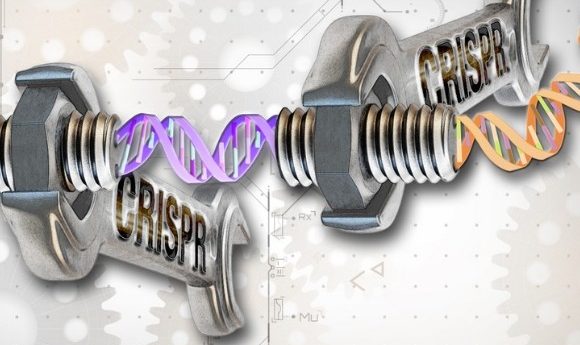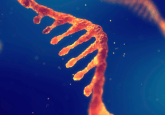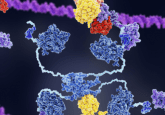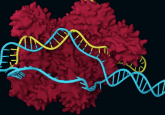CRISPR toolbox grows

New CRISPR platform RESCUE introduces new potential therapeutic targets with novel RNA edits.
In recent years CRISPR has dominated the field, transforming our ability to target disease-linked genetic mutations. Previously, enzymes Cas9 and Cas12 have been used to enact change in DNA, with Cas13 targeting RNA. Whilst these methods have proved effective there has been a need for more specific tools to be developed. Some cell types, such as neurons, are resistant to editing with CRISPR. In other cases, the ability to bring about short term effects is an attractive prospect.
The CRISPR toolbox has expanded again. Alongside his team, Feng Zhang of the McGovern Institute and Broad Institute of MIT and Harvard (MA, USA), has developed a programmable RNA editing tool with the ability to transform cytosine into uracil. The development of the RNA Editing for Specific C to U Exchange (RESCUE), is significant as RESCUE can edit modifiable sites on proteins such as phosphorylation targets that are commonly involved in signaling pathways.
“To treat the diversity of genetic changes that cause disease, we need an array of precise technologies to choose from. By developing this new enzyme and combining it with the programmability and precision of CRISPR, we were able to fill a critical gap in the toolbox”
RESCUE builds on Zhang’s previous work REPAIR, a similar tool used to transform adenine to inosine. REPAIR was developed by fusing inactivated Cas13 with the adenine deaminase domain of ADAR2, RESCUE was created by evolving the ADAR2 component into a cytidine deaminase. RESCUE retains the A to I functionality of REPAIR meaning that multiplexed editing is possible.
Zhang and his team utilized RESCUE in human cells and 24 mutations of clinical interest in synthetic RNAs. In human cells RESCUE targeted specific sites of RNA encoding β-catenin causing a temporary increase in β-catenin and cell growth, this temporary spike has the potential to stimulate the healing of wounds after injury without causing the unchecked proliferation of cells associated with cancers. The temporary nature of this change is made possible by RNAs reversibility.
-
CRISPR upgraded from ‘scissors’ to ‘shredder’
-
CRISPR: take the survey!
-
Talking Tech News | Theo Roth on CRISPR, CAR-T and gene editing ethics
APOE4 is an allele that has emerged as a risk factor for Alzheimer’s, it differs from APOE2 an isoform that carries no risk by two base pairs. Zhang and the team deployed RESCUE to alter two cytosines to uracil in APOE4 eliminating the risk of Alzheimer’s. The ease of this edit provides promise for future clinical use in diseases such as Tay-Sachs, which are caused by the mutation of a single base.
“To treat the diversity of genetic changes that cause disease, we need an array of precise technologies to choose from. By developing this new enzyme and combining it with the programmability and precision of CRISPR, we were able to fill a critical gap in the toolbox” commented Zhang. To ensure the clinical viability of the technology Zhang’s lab will make RESCUE readily available for academic research, increasing its reach and contributing to the development of more CRISPR platforms.




